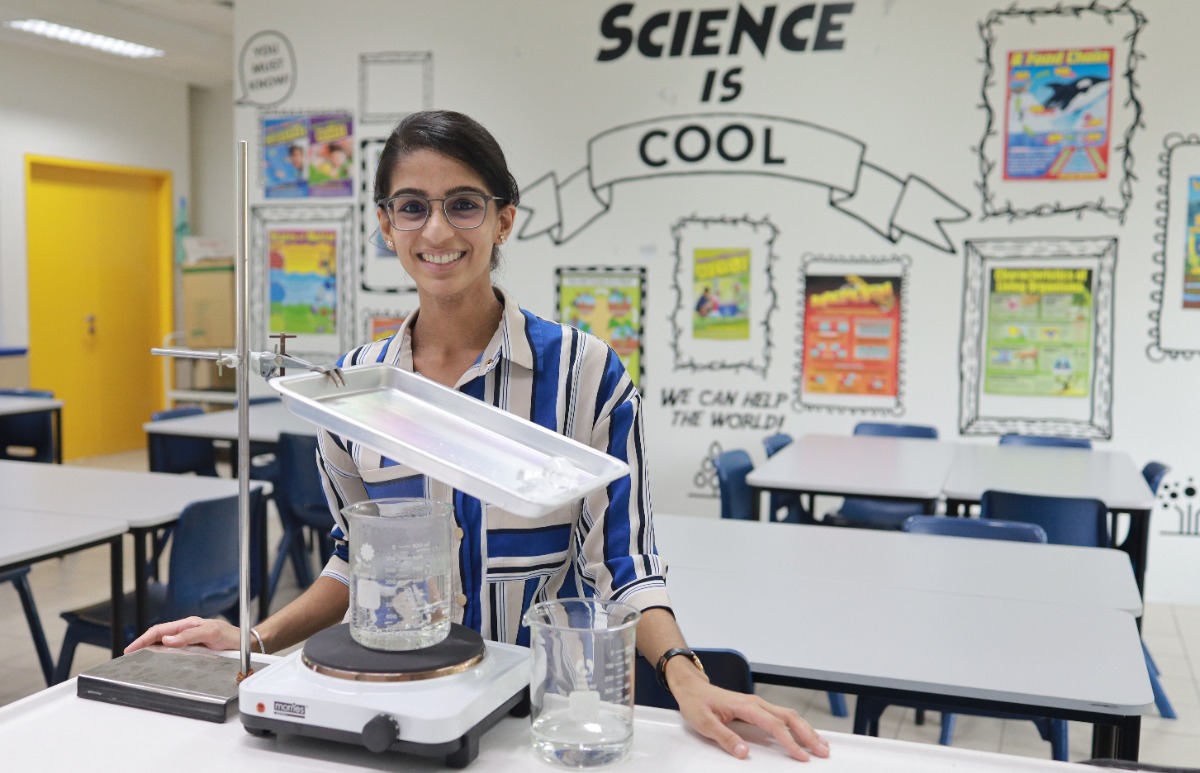Mr Pooi Ming Shurn Benjamin, Chua Chu Kang Secondary School, Outstanding Youth in Education Award 2019 Finalist
Learning from their mistakes
As a teacher, I often have to go through assignments with my students. I used to show them the correct answers when doing so. Each time I did this, I would ask if they needed any clarification. The class would then be silent, which made me wonder: could they all have learnt from their mistakes? Were they really satisfied with the suggested answers?
Deciding to try a different approach; I graded students’ assignments without revealing the suggested answers. I asked them to enter the answers into an online form which would give them a grade, identify which questions they answered incorrectly, and no more. I told them to re-attempt those questions. What happened next surprised me. Instead of keeping quiet, they began feverishly asking one another why they got a particular question wrong, and clarified their doubts. One student even came up to me proudly claiming that he managed to correct all his mistakes by himself.
Encouraged by this, I explored how I could re-create the same experience for group assignments. Instead of submitting individual responses, I asked my students to work in groups, evaluate one another’s answers, and come up with one response. That was when I saw them take charge of their learning and share their viewpoints with one another. How far they had come!
Creating a safe environment for growth
Of course, just putting students in groups alone is not enough to make them learn. Everyone in each group has to feel comfortable with their group-mates, in order to participate effectively in discussions. To ensure this, I asked every student for a list of their friends in class, and used it to determine the seating arrangement.
It worked. One student told me: ‘I feel very comfortable sharing with my friends that I do not know how to do certain questions and I am no longer afraid to clarify my doubts with them.’
At the same time, in order for the classroom to be a safe space for growth, I placed special attention on how my students managed their interpersonal relationships. Rather than letting my students stay in their cliques, I got them to reach out to other classmates. I got every student to write words of gratitude to one another.
Despite the initial awkwardness, the students eventually became more comfortable showing their gratitude to others. When one of my students received these words of gratitude from his classmates, he started crying happily and shared that he had never felt so appreciated before. Such activities touch students’ lives, and help them realise how little acts of kindness can have such a huge impact on others’ lives.

Mr Benjamin believes in creating a safe environment for learning.
Having established this safe environment for learning, I set about cultivating a spirit of reflection in my students. After every term, my students will reflect on their learning and write about it in their personal portfolios. This allows them to track their growth over the course of the year.
A colleague and I worked together to initiate student-led conferences during parent-teacher meetings. Using their written reflections as a guide, our students led discussions with their parents about their growth and learning over the semester. A parent told me he was very pleased that his child was taking ownership of his development and making plans for his growth. Due to its effectiveness, this initiative caught the attention of our teachers, and in 2017, it was implemented for the whole school.
Teacher needs to learn, too
With learning happening two-way, I, too, have learnt from my students. I decided I had to walk the talk; every term, I will request for feedback from my students through an anonymous survey, on their classroom climate as well as on my teaching strategies. Analysing their feedback on my areas of improvement is always a humbling experience for me. It is even more humbling to share the results with my students, and to let them know the goals for improvement I am setting for myself, in order to role-model the process of goal-setting.
Once, my students felt that they were not given enough opportunities to speak up and share ideas in class. In response, I conscientiously infused more of their voices into my lessons. Once students saw that their voices mattered, they felt more empowered.

Mr Benjamin guiding students in conducting a Chemistry experiment.
With the firm belief that every child is capable of success, I feel it is my duty to set them up for it by creating a safe environment. I want them to eventually take charge of their own development, and to effect positive changes in their community.






